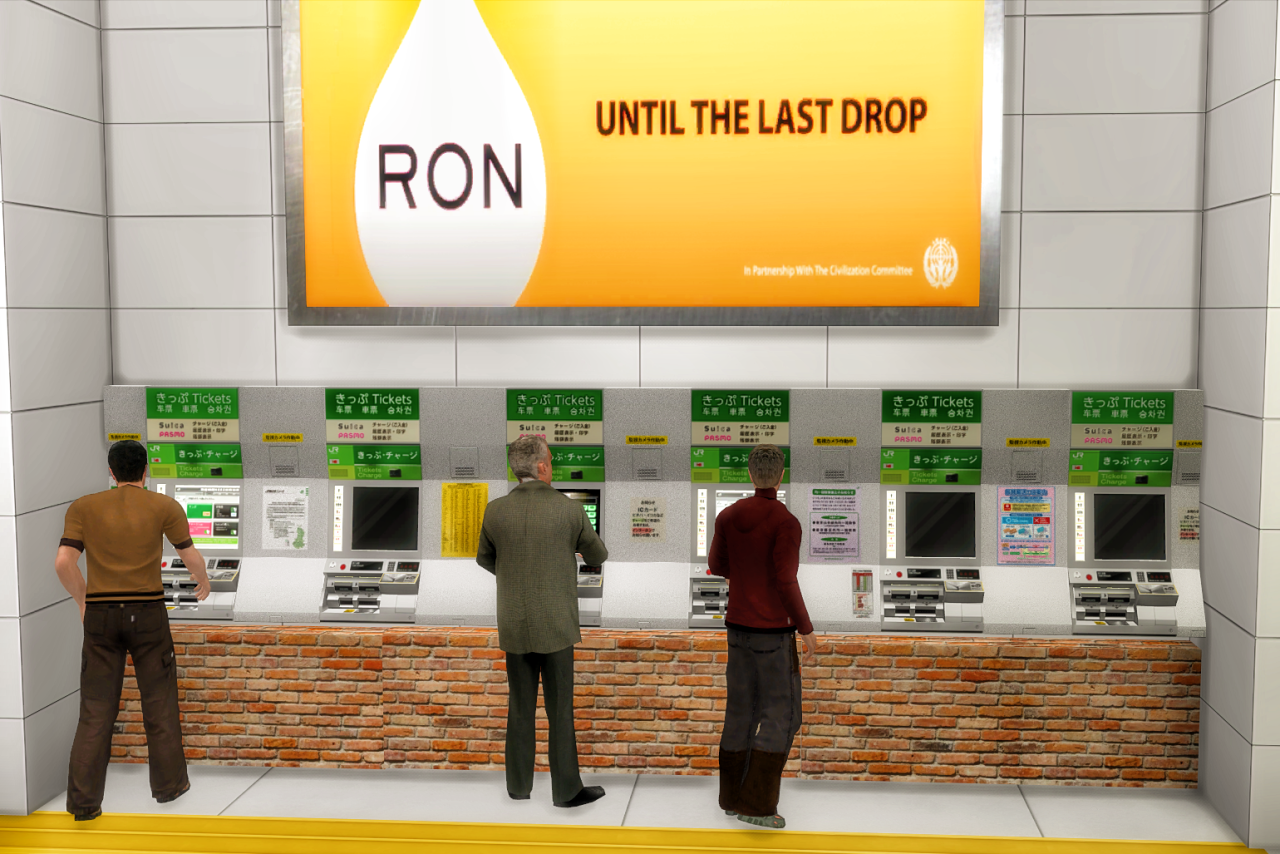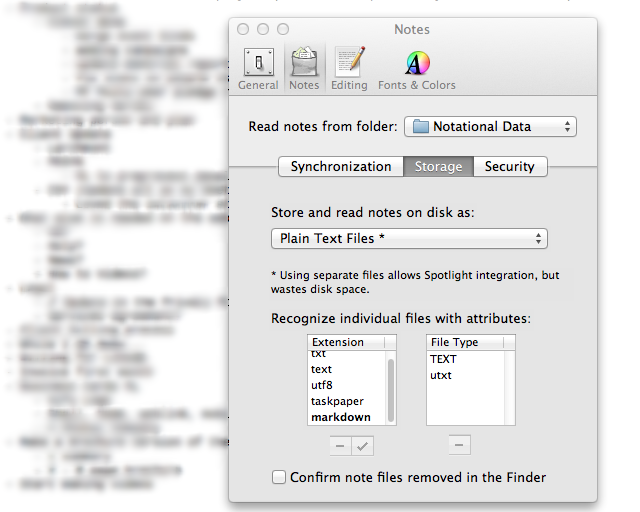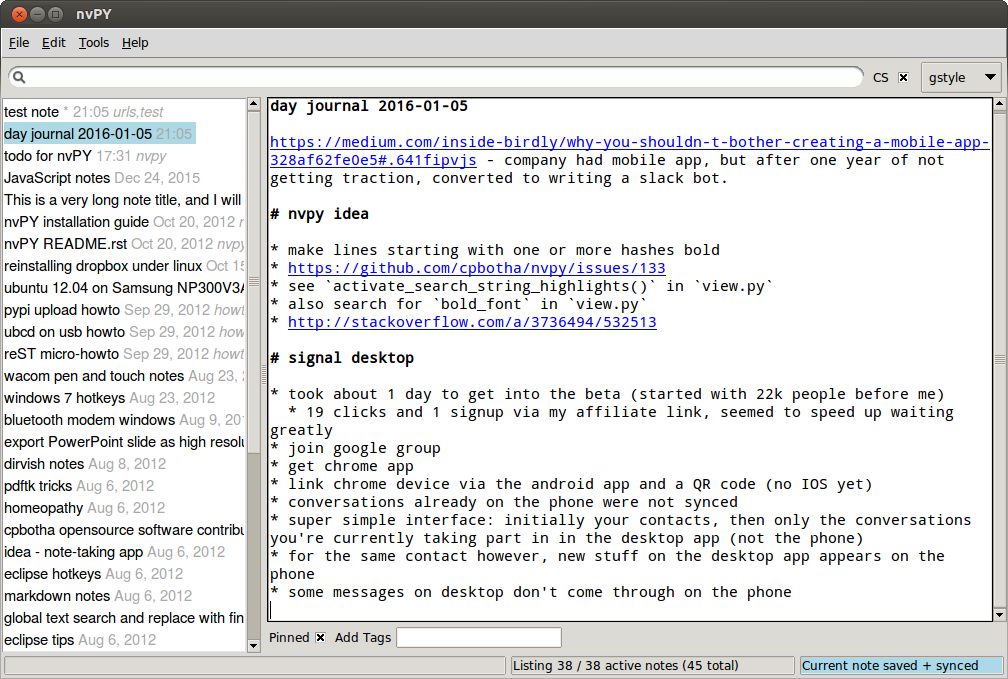

UISegmentedControl *segmentedButton = initWithItems:items] Even if you do assign a target to your custom back button, iOS will simply ignore it.Īdd UISegmentedControl in UIBarButtonItemĪny of the buttons on a navigation bar, whether on the left or the right side, can onlyĭisplay one button at a time unless you initialize the UIBarButtonItem with a custom The target that you assign to the backBarButtonItem of the navigation item must be nil. The button that is displayed on the right side of the navigation bar when the currentĮach button must be of type UIBarButtonItem. View controller is the top item on the stack The button that is displayed on the left side of the navigation bar when the current The back button used to represent the current view controller on the navigation bar To do this, you can use the initWithBarButtonSystemItem:target:action: instance method of the UIBarButtonItem class, like so: In addition to simple bar button items, you can create a bar button item that derives its properties from the items that iOS creates on various internal applications such as Mail. UIBarButtonItem *leftButton = [[UIBarButtonItem = rightButton = imageView Ĭreating and Managing Buttons on a Navigation Bar You must not use this property if you do not have a navigation controller present.ĭisplaying an Image for the Title of the Navigation Bar The navigationItem property of every view controller by default is set to nil and will be dynamically allocated the first time this property is used. Bear in mind that in this example, self refers to an instance of UIViewController that is being shown in a navigation controller.
#Simperium boostnote update
Once a new view controller is pushed onto the stack, the navigation bar will automatically update itself to reflect the changes requested by the new top view controller, such as the title of the navigation bar and right and left navigation bar buttons.Īside from setting the title property of the navigationItem of every view controller,you can directly set the title property of the view controller itself, which will propagate the title throughout the related GUI elements such as the tab bar (if present). The navigation item controls the buttons and the title that appear on the navigation controller, and these items are specific to the top view controller of the navigation controller. The nil value simply means: “This instance reference isn’t pointing to any instance.” Indeed, you can test an instance reference against nil as a way of finding out whether it is in fact pointing to a real instance. What is nil? It’s simply a form of zero - the form of zero appropriate to an instance reference. Even worse, it might not crash your program: it might cause your program to behave very, very oddly instead - and figuring out why can be difficult.įor this reason, if you aren’t going to initialize an instance reference pointer at the moment you declare it by assigning it a real value, it’s a good idea to assign it nil: Sending a message to a garbage pointer, or otherwise treating it as a meaningful instance, can crash your program. A pointer pointing at garbage is liable to cause serious trouble down the road when you accidentally try to use it as an instance.
#Simperium boostnote code
But it is claiming to be a pointer to an NSString, and so your code might proceed to treat it as a pointer to an NSString.

What is s after a mere declaration like that? It could be anything. Such assignment initializes the variable, giving it an actual meaningful value of the proper type.ĭeclaration without initialization, on the other hand, creates a dangerous situation: It’s just sitting there, waiting for you to point it at an NSString, typically by assignment (as we did with world!" earlier). You have created a pointer, but you haven’t supplied an NSString for it to point to. NSString* s // only a declaration no instance is pointed toĪfter that declaration, s is typed as a pointer to an NSString, but it is not in fact pointing to an NSString. Merely declaring an instance reference’s type doesn’t bring any instance into existence.

Instance References, Initialization, and nil Variable names tend to start with a lowercase letter class names tend to start with an uppercase letter.


 0 kommentar(er)
0 kommentar(er)
